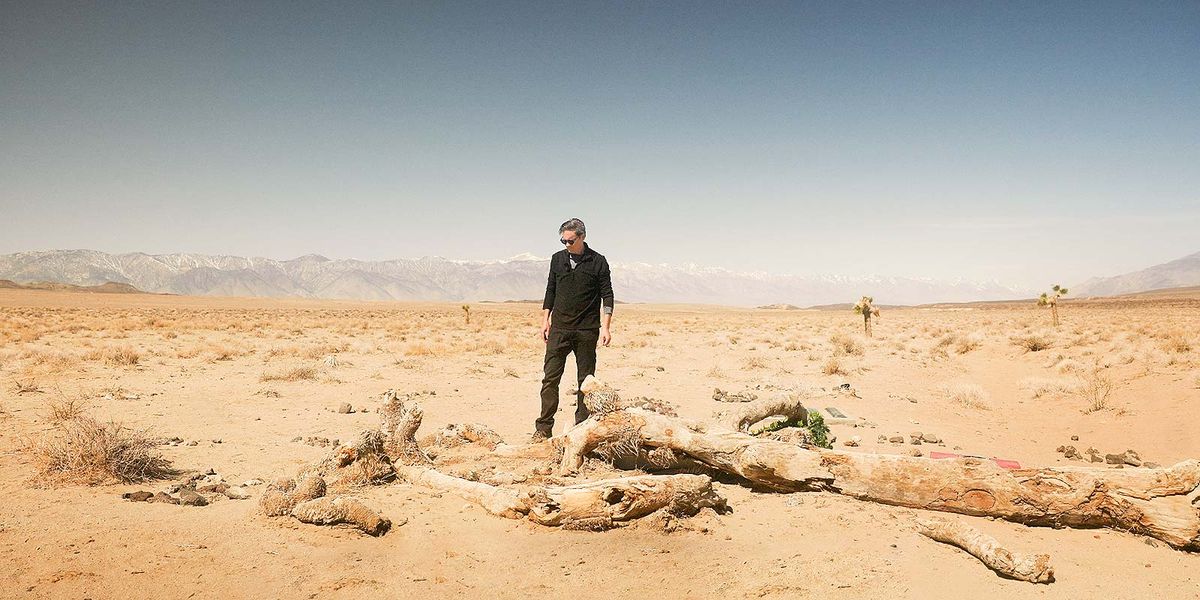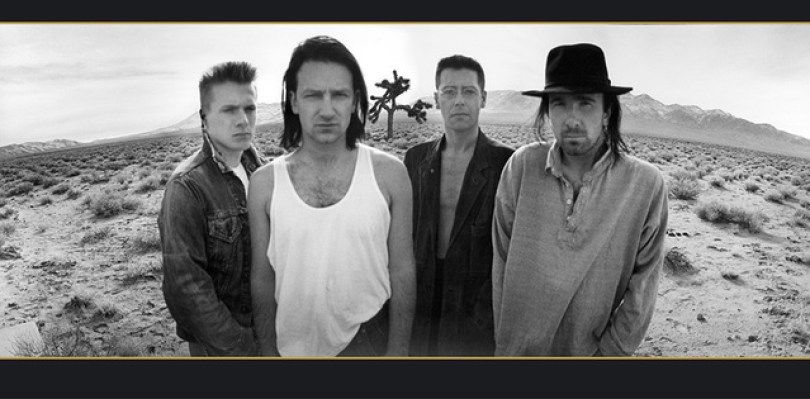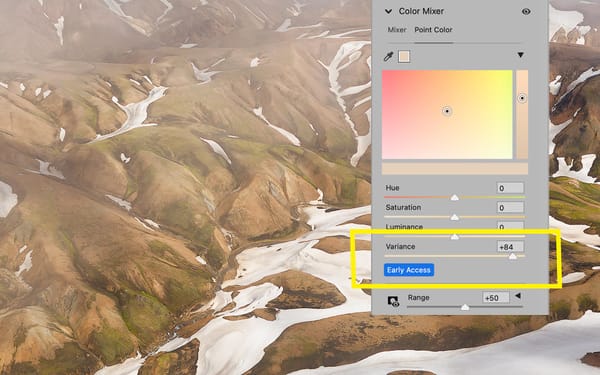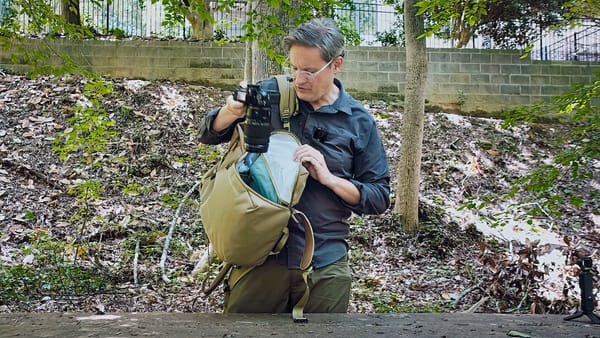Finding the real U2 Joshua Tree (and how you can too)
Exploring the history and significance of U2's iconic tree in the California desert

In the mid 1980s, U2 traveled to Death Valley, California with photographer Anton Corbijn (Instagram) to create images for a new album inspired by America. While exploring, Corbijn spotted a lone Joshua tree standing in the desert, and thought the negative space around the tree might work well compositionally. With the band huddled close together, shivering in the early morning cold, Corbijn captured a handful of black and white images using a panoramic film camera.
Afterwards, Corbijn shared with the band the tree's biblical backstory, named "Joshua" by 19th-century Mormon pioneers. Bono was particularly impressed and suggested using it as the name of the band's next album. Weeks later, while the album was being pressed, Bono reportedly panicked and considered halting the album's release due to quality concerns. Eventually, he let it go, and The Joshua Tree went on to sell over 25 million copies, becoming one of the best-selling albums of all time.

In an interview years later, guitarist The Edge claimed they spent "about 20 minutes" at the tree before hurriedly returning to the warm interior of their bus (they weren't wearing jackets because they wanted the images to appear warm and summery, as one would expect a desert climate to be). Corbijn captured the images so quickly that he overlooked a mirror accidentally left in-frame after the band checked their appearance, visible in the bottom left of the image above.
Years later in 2003, a fan named Ernie Navarre went looking for the tree Corbijn photographed, guesstimating its location using the album's black and white images. After several searches, Navarre succeeded, but the tree had since died and was now laying on the ground. To mark the tree's location, Navarre returned home, commissioned a custom brass plaque (sporting an image of the tree and tongue-in-cheek query), rounded up a couple of friends, and returned to Death Valley with shovels, flashlights, and concrete mix.

Today, the Joshua Tree's exact GPS coordinates are easy to find online. Visitors from around the world come with mementos, artwork, notes, ticket stubs, guitar picks, bottles of Irish whiskey, and even broken guitars and drums. One particularly ardent fan brought a metal briefcase to provide others a safe place to store mementos and leave personal messages.
In the video below from 2022, I open that briefcase and take a look inside.
Nearly four decades after its release (let that sink in for a minute), what strikes me today about Joshua Tree isn't the album's music or the fact that crazy people (like me) are venturing into the hot California desert to see a dead tree, but the indelible power of its name and images.
I was fifteen when Joshua Tree came out, and was already deep into the Brian Eno/Daniel Lanois produced Unforgettable Fire; specifically the shimmering "Elvis Presley and America" and atmospheric "Love Comes Tumbling" b-side. U2 was already popular, but songs like "With or Without You" and "Still Haven't Found..." were even bigger hits. Of all the songs on the album, "Red Hill Mining Town" was the track that made the deepest impression on me.
In those pre-internet days of the late 1980s, I knew nothing about Joshua trees. I had never set foot in California. At the time, I was a young teenager living a sheltered life at the end of a cul-de-sac in a leafy green, suburban neighborhood with little access to the rest of the world. I had never seen images like Corbijn's black and white photos of the dark, twisted tree. It felt foreign, mysterious, and captured my imagination; not unlike Kubrick's opaque black monolith in 2001: A Space Odyssey, or some kind of cryptic religious iconography from a lost civilization.
U2 certainly seems aware of this, as evidenced by how they amplified the tree's iconic silhouette for their 2019 album anniversary tour.
In truth, the iconic tree had little to do with the music, for by the time the band and their photographer stumbled across the Joshua tree, the album's songs had already been written and recorded in Dublin, Ireland. The band didn't travel to California for creative inspiration, but for marketing. The name, the tree, and Corbijn's black and white photos were simply the package that grouped the album's disparate tracks together.
Put simply, the tree was branding, but a masterstroke of branding nonetheless.
I'm not at all bothered or disappointed by the tree's backstory. The band was looking for images that captured the wide open vistas of the American west, which the band claims was the creative inspiration behind the sound and scope of the album (the original working title was The Two Americas). The band traveling to California with a photographer was simply the finishing touch on an album in search of visuals, and if anything the Joshua Tree's backstory only deepens my appreciation for how powerful photographs can be.
Looking back, I never could have imagined carrying a tripod and exploring the same desert landscapes and creating my own images, let alone seeing the actual tree firsthand. That would have been laughably impossible to me in the mid 80s.
And yet, here we are.
Tip: also visit Zabriskie Point to see where the album cover was captured. You may also recognize the landscape from a few Star Wars movies.



